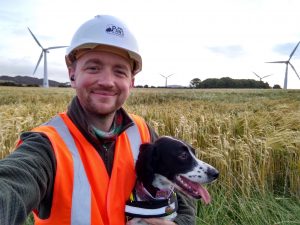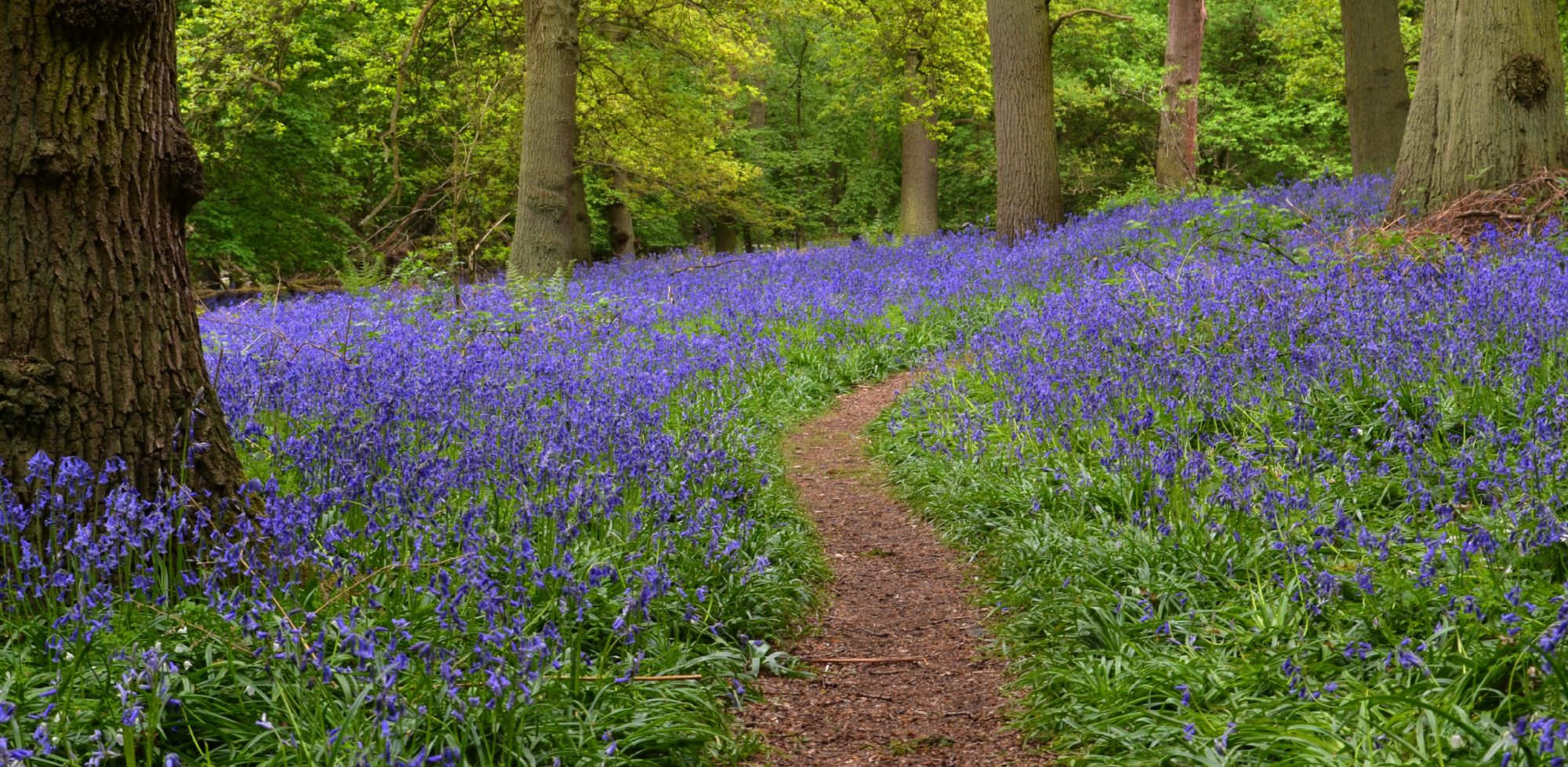ASIG: Aran Clyne on ‘Use of Detection Dogs in Conservation’
ASIG Meet with Aran Clyne to Discuss the ‘Use of Detection Dogs in Conservation’
 Aran Clyne has been training and handling detection dogs for 9 years, focusing most of his attention on dogs used for wildlife surveys. He was responsible for training the first scientifically tested Great crested newt detection dogs, as well as bat/bird carcass, pine marten and endangered species being smuggled through airports in Asia.
Aran Clyne has been training and handling detection dogs for 9 years, focusing most of his attention on dogs used for wildlife surveys. He was responsible for training the first scientifically tested Great crested newt detection dogs, as well as bat/bird carcass, pine marten and endangered species being smuggled through airports in Asia.
Question and Answer Session Delivered by ASIG
“What animal groups are by their nature hardest/impossible to find using dogs?”
“Generally from my experience, amphibians. But finding the live animal is always harder than presence of (scat/fur/feather). Not just in training the dog and handing the target odour, but also in application operationally, where the dog has to differentiate between residual odour and the animal itself.”
“It would be interesting to know more about survey method. Are there numerous visits to the same site at different times of year?”
“Every site is usually different. Turbines usually have multiple visits to search for bat carcasses, but this could be one visit a month for 6 months. It could be one visit a week, or multiple visits a week. GCN is usually one site visit, and is complete once the dog has finished searching the entire area.”
“How do you manage the risk of rabies transmission with something like bats and dogs which are both notable carriers of the disease?”
Dogs are trained to not interfere with the carcass and to indicate passively. The dogs do also have rabies vaccinations. Doctors advised that as it’s generally carcasses that are handled, then the handlers don’t need vaccinations. But as the dogs have now found multiple live bats, this might need to be reviewed.
“Will CIEEM or other organisations be doing accreditations in the future? or will they stick to efficiency trials?”
“It would be beneficial if there was a completely impartial organisation that could accredit dog teams, but for now, clients conducting their own efficiency trials are the best method.”
“Do you need a NE licence to use detection dogs for protected species? eg GCN, watervole, dormouse etc?”
“As far as I’m aware, sites that want to use a dog have to have the site licence amended to include the use of detection dogs. Natural England licenses are needed for any work with protected species.”
“How long does it take on average to train a dog to detect a protected species?”
“Four months on average for carcass/scat/product of the animal. Longer for live species.”
“As working dogs, what happens to them when it is time for retirement?”
“They will retire with the handler, or if the handler works for a company where there are multiple dogs, the dogs can be adopted out, similar to a re-homing centre. Vet checks/home checks.”
“What advice would you give someone wanting to get into this field and does not currently have a dog?”
“There are companies out there that can train handlers & dogs, but just do your research and look for the best fit for you. This could be a full course set over a certain number of guided learning hours, or a longer teaching period over months, where a trainer can complete multiple visits to your home, and then give you homework to complete with your dog.”
“I personally have no doubt about the potential of detection dogs, but do you believe there is sufficient demand / interest from within the consultancy sector (given it reduces their fees) or sufficient finance within the non-consultancy sector to make it a viable, non-niche technique?”
“I believe that as this survey method becomes more common, there will be an increase in demand for dogs. Especially on sites where the dogs can complete the work with increased speed and accuracy.”
“Did you need to train your bat detection dogs across all UK species or was the scent across bat species sufficiently distinct for all species to be identified with only selective training?”
“We always train on specific species, and I still think this is the best method, as even humans have commented on how different species smell different. Assuming the dog can find all species with only having trained on one isn’t sufficient in my opinion. Dogs, over years of operational work, do start to indicate on ALL carcasses (bats/birds/mammals), but knowing my dogs have been trained on all bat species gives me the confidence that they’ll find everything.”
“As a field spaniel owner (who has always been out gunned by his dog by the way) I can’t even begin to comprehend the training input required to keep a detection dog on point. To that end it sounds as if anyone thinking about this as a career should maybe thinking about cutting their teeth on cash, tobacco, drugs etc. oppose what appears to be an insufficient 2 week LANTRA course. Would you agree?”
“There needs to be courses and accreditations in this field to ensure that there is some kind of quality, and the 2 week courses are only handler skills courses, not training a dog. But I do feel an independent body for accreditations, that could assess handlers from the LANTRA courses, assess myself, and any other conservation detection dog handlers, would be a real benefit to the industry.”
“Generally what kind of reaction are you receiving from Natural England regarding detection dogs and GCN? Is it currently regarded as acceptable survey effort when applying for mitigation licences? Are they receptive to replace hand searches with dog searches on mitigation licences currently?”
“I think NE are keen on this as a surveying method, and have always been very receptive to what we did with the GCN dogs, especially the testing process with Atkins as well as the work on HS2.”
“How do you test scavenger removal rates at turbine sites?”
“We don’t directly complete these trials, but I know our clients usually place a number of bat carcasses out and either check on the carcasses daily, or leave them next to trap cameras. This data, the speed of removal of the carcass, will have a part to play in the total number of carcasses found that season, and the potential amount of carcasses scavenged.”
“How big is your standard search area to cover when doing wind turbine sites?”
“It’s anywhere between 25m-90m, depending on the size of the turbines.”
“The Lantra course uses already trained dogs. It is specifically designed to train a foundation in handling not how to train your dog. It is the start of your journey which should then be backed up with more experience and continued training.”
“I think to start off, having a basics course on handling and a fully trained dog from a reputable company is better than training a dog yourself. But that company should also be on hand, post-course, to help with any issues that may arise with the dog, and there be a constant training process for new handlers to learn and understand what goes in to training a dog. Because a fully trained dog needs constant training, and unless that dog has completed years of operational searches, it is as much a novice as the handler.”
“Ecologists are professionals and so are dog trainers/handlers, we need to be working together rather than ecologists stepping into to another profession too.”
Blog posts on the CIEEM website are the views and opinions of the author(s) credited. They do not necessarily represent the views or position of CIEEM. The blog post above is an opinion piece written on behalf of a Special Interest Group. The CIEEM blog is intended to be a space in which we publish thought-provoking and discussion-stimulating articles.
You can find out more on this subject on the Ecology Detection Dogs Working Group website.
